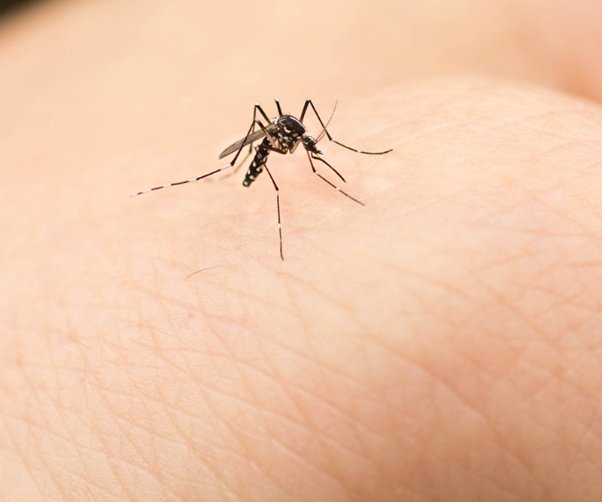
Recalling how the yellow fever epidemic devastated Memphis
The COVID-19 pandemic seems to be the only thing people talk about these days. That's because very few people in the United States today have ever experienced anything remotely like this —but in the 1800s, epidemics were much more common.
In late summer of 1878, Memphis was gripped by an epidemic that took the lives of more than 5,000 citizens and eventually bankrupted the city. The first death officially attributed to yellow fever in Memphis during the epidemic of 1878 occurred on August 13.
The victim, an Italian immigrant named Kate Bionda, owned a snack house in the Pinch District. Within hours of her death, her body had been burned, her shop barricaded and adjacent buildings disinfected — because they did not yet know that yellow fever was a virus spread by mosquitoes.
Two more cases of yellow fever were reported the next day, but there were already at least 22 others that weren’t known at the moment.
Panic engrossed the city and, within days, more than 20,000 citizens — or about half the city's population — fled. There were reports of fights at the train station and docks. The roads leading out of town were clogged with horses, wagons and people on foot.
COVID-19 Content from Your Health:
Coronvirus Resource Center: Changes at MLH facilities, FAQs about COVID-19 and more
Is it safe to seek treatment at hospitals? Yes, and here's why
Answering your questions about how we're safely resuming elective procedures
Elmwood Cemetery buried its first yellow fever victim that year on August 16 and buried 27 more in the following week. On August 23, the Memphis Board of Health declared a yellow fever epidemic in Memphis. Businesses, including even groceries and pharmacies, closed. Banks only opened for an hour a day. City government would soon fail to operate.
Amid the chaos, an organization known as the Howard Association stepped in. It was originally organized in New Orleans during the yellow fever epidemic of 1853 to provide aid for the stricken. The name honored an English reformer and philanthropist, John Howard.
A Memphis chapter was originally organized in 1855. The members were individuals who stepped out of their ordinary jobs to perform extraordinary service. Membership declined between epidemics, and when the “yellow jack” struck Memphis in 1878, there were only fifteen members. New recruits did join. And at its peak, there were thirty-two members of the Memphis chapter.
They organized the city into districts, surveyed the cases, organized and assigned medical care and collected money to aid the victims. The members wore yellow arm bands to identify themselves as they visited every home and shanty with baskets of food and medicine.
During the 1878 epidemic, the Howards raised and spent more than $800,000 — in today's money — in Memphis. They also recruited and hired 2,995 nurses and 111 doctors, in addition to organizing burial details.
Fifty-four of the doctors contracted the fever and 33 of them died of the disease, as did more than 1,100 of the nurses. By the middle of September, 19 of the Howards had been stricken with yellow fever. Ten died of the disease.
Memphis emerged from the yellow fever epidemic of 1878 a much different city than before. More than 5,000 residents had died and many who fled the city never returned. It took a decade and a half for the city to regain its charter following the epidemic-induced bankruptcy.
Many of those who survived and stayed helped rebuild and recreate the Bluff City. A new sanitary-sewer system that separated sewage from run-off fresh water was created, which became a model for other cities. Yellow fever never returned to Memphis after 1879.
The long-term impact of COVID-19 remains unclear for our city and our nation, but, as was the case then, the actions and leadership of everyday citizens will contribute largely to how we fare.
Related content from our mental health professionals:
SUBSCRIBE TO OUR BLOG
and you'll receive more health & wellness tips right in your inbox.
SUBSCRIBE NOWCoronavirus Resource Center
For updates from MLH facilities, community resources, COVID-19 FAQs and much more, visit our Coronavirus Resource Center
Related Articles


